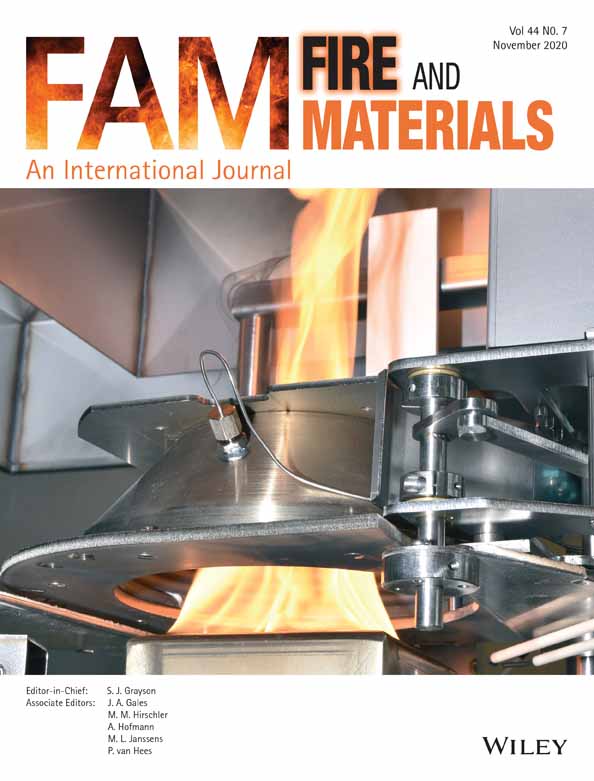Experimental study on the effect of lateral concentrated smoke extraction on smoke stratification in the longitudinal ventilated tunnel
Funding information: National Nature Science Foundation of China, Grant/Award Number: 51776060; Fundamental Research Funds for the Central Universities, Grant/Award Number: PA2019GDQT0014
Summary
Smoke is the main cause of death in tunnel fires. It is one of the important measures to maintain smoke stratification in the early stage of tunnel fire. This article focused on experimentally studying the combined effect of lateral concentrated smoke extraction and longitudinal ventilation on the smoke stratification, which never be revealed before. The velocity of the smoke layer and air layer, vertical temperature distribution, and the flow patterns of the smoke were measured. It was found that the longitudinal ventilation and lateral concentrated smoke extraction would affect the flow of the smoke and change the shear velocity between the smoke layer and air layer, then, the patterns of the smoke layer will be affected. And the flow patterns with Froude (Fr) number can be classified into three categories: (a)Fr < 0.6, with stable smoke stratification; (b) 0.6 < Fr < 0.85, with a stable smoke stratification but the blurring interface; and (c) Fr > 0.85, the smoke layer is completely unstable. The result can provide a reference for ventilation design of immersed tube tunnels.




